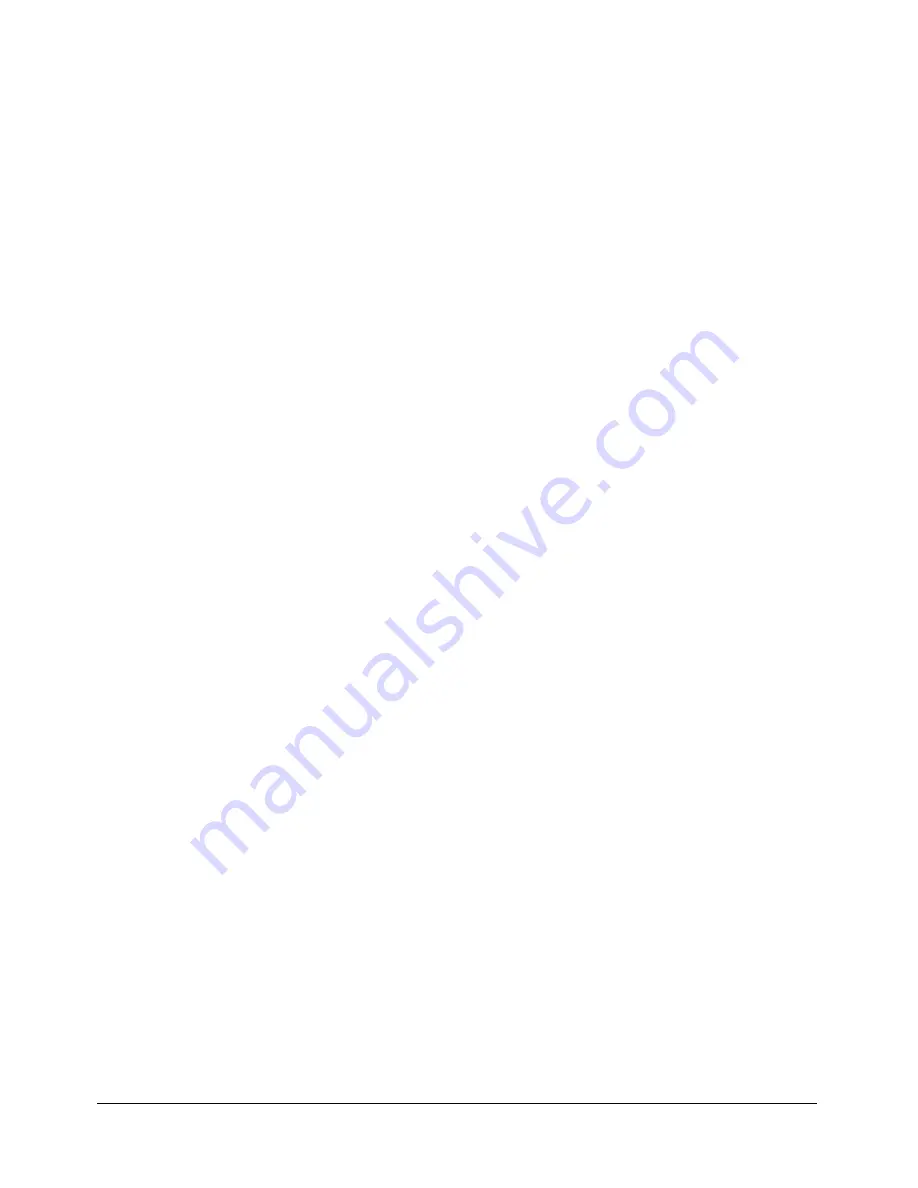
196
Chapter 12: Editing Projects
Select audio from library
Click to open the Audio Library. The Library lists all audio files
that are already part of the currently open Adobe Captivate project.
Settings
Click to open the Audio settings dialog box to define audio settings such as input
source, quality level, and calibration. Click OK to accept changes made in this dialog box.
Fade in [#] seconds
Specifies the number of seconds for the audio to fade in to full volume.
Fade out [#] seconds
Specifies the number of seconds for audio to fade out to silence.
Lower background audio volume on slides with additional audio
Select this option to
lower the volume of the background audio on slides that contain any additional audio files.
Loop audio
Select this option to have the background audio file play continuously as the
project plays. This feature is useful if the audio file is shorter than the project.
Stop audio at end of project
Select this option to stop playing the audio file when the
project finishes.
The following options are on the Defaults tab:
Slide duration
Specifies the default duration of newly created blank, image, and question
slides.
Preview next
Specifies the default number of slides for the Preview > Next x slides option
(Preview button, main toolbar).
4.
Click OK.
Adding a loading screen
You can add a loading screen to the beginning of your project. A loading screen is useful if the
first slide of the project is large or contains audio and takes a few moments to appear.
Adobe Captivate includes predefined loading screen images you can use. Also, you can create a
custom image to use as a loading screen. To make a custom image available as a loading screen
option, use Windows Explorer to copy and paste the image into the following folder:
ProgramFiles\Adobe\Adobe Captivate 2\Gallery\Preloaders.
You can also create a SWF file to use as a loading screen. In the Adobe Captivate Preloaders folder,
there is a sample SWF file and FLA file (locate the files using Windows Explorer) named
DefaultPreloader. You can use these files as templates to create your own SWF file. If you add a
custom loading screen, Adobe Captivate calls the following functions if they exist on the main
Timeline of the SWF file:
function initialize(projectWidth:Number,
projectHeight:Number)
function
onProgress(loadedBytes:Number,totalBytes:Number)
function isDone():Boolean
Содержание CAPTIVATE 2
Страница 1: ...Using Adobe Captivate Adobe Captivate 2 ...
Страница 8: ...8 Contents ...
Страница 18: ...18 Chapter 1 Introduction and Installation ...
Страница 30: ...30 Chapter 2 Exploring the Workspace ...
Страница 70: ...70 Chapter 3 Creating Projects ...
Страница 106: ...106 Chapter 5 Adding Audio and Video ...
Страница 134: ...134 Chapter 7 Adding Boxes and Buttons ...
Страница 140: ...140 Chapter 8 Editing Mouse Movement ...






























